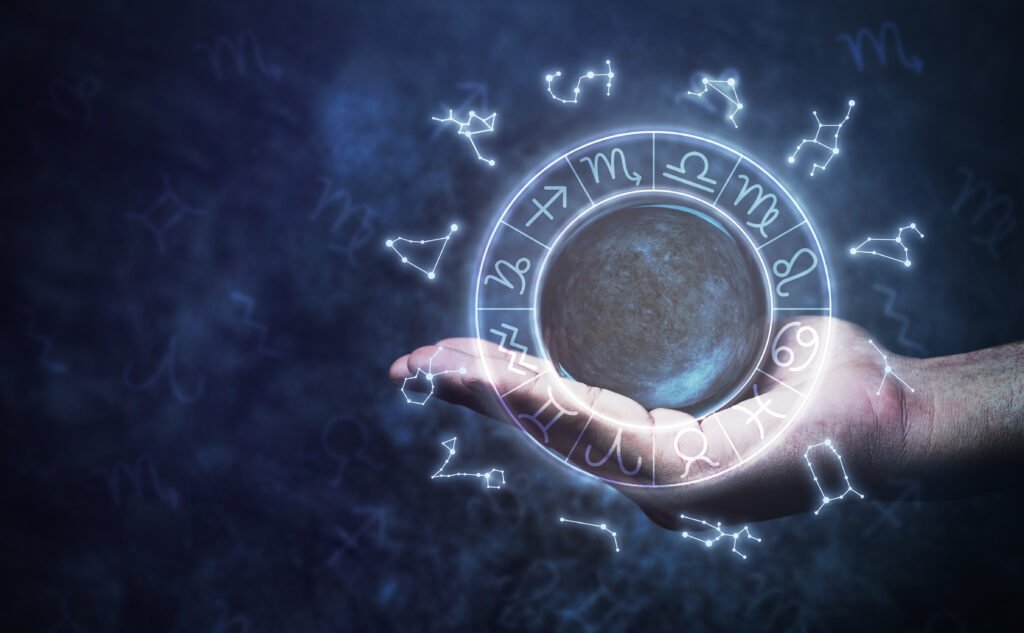Unlocking the Mysteries of Numerology: A Beginner’s Guide
Unlocking the Mysteries of Numerology: A Beginner’s Guide Numerology is an ancient mystical practice that unveils the hidden meanings behind numbers and their influence on our lives. Rooted in the belief that numbers are universal symbols with divine significance, numerology is often used for self-discovery, decision-making, and understanding life’s patterns. Whether you’re a curious beginner or someone looking to deepen their knowledge, this guide provides a comprehensive overview of numerology. What is Numerology?Numerology is the study of numbers and their symbolic meanings. It interprets numbers as energetic vibrations that can reveal insights into personality, life purpose, and the future. The practice has roots in various cultures, including ancient Babylon, Egypt, China, and Greece. The modern form of numerology owes much to Pythagoras, the ancient Greek philosopher who believed that numbers were the essence of all existence. How Numerology WorksIn numerology, every number is associated with unique attributes and vibrations. The primary focus is often on single-digit numbers (1–9), with the exception of master numbers (11, 22, and sometimes 33), which carry special significance. By analyzing numbers derived from a person’s name and birth date, numerologists create a blueprint that reflects the individual’s character, challenges, and destiny. Key Numerology NumbersHere are the main numbers analyzed in numerology: Life Path Number: Derived from your birth date, this number represents your life’s purpose and challenges. Example Calculation: If your birthdate is 15th June 1990, add 1+5+6+1+9+9+0 = 31 → 3+1 = 4. Your Life Path Number is 4.Destiny Number: Also called the Expression Number, it is calculated from your full name and signifies your talents and goals. Soul Urge Number: Also known as the Heart’s Desire Number, it reveals your innermost dreams and motivations, derived from the vowels in your name. Personality Number: This number reflects the impression you make on others, derived from the consonants in your name. Personal Year Number: This shifts yearly and helps understand the energies influencing you during a specific year. Symbolism of NumbersEach number in numerology carries a unique vibration: 1: Leadership, independence, ambition.2: Harmony, balance, partnerships.3: Creativity, expression, joy.4: Stability, structure, discipline.5: Adventure, freedom, versatility.6: Responsibility, love, community.7: Introspection, spirituality, wisdom.8: Power, success, abundance.9: Compassion, endings, universal love.11: Intuition, enlightenment, inspiration.22: Master builder, achievement, practicality. Benefits of NumerologySelf-Awareness: Understanding your core numbers helps uncover your strengths and weaknesses.Life Direction: Your Life Path Number can guide decisions about career and relationships.Personal Growth: Numerology fosters self-reflection and spiritual growth.Improved Relationships: It provides insights into compatibility and communication styles.How to Get Started with NumerologyCalculate Your Core Numbers: Use online numerology calculators or learn the formulas to manually determine your Life Path, Destiny, and Soul Urge Numbers.Study the Symbolism: Familiarize yourself with the meanings of numbers and how they apply to your life.Consult a Numerologist: For deeper insights, seek guidance from a professional.Numerology in Everyday Life. Numerology isn’t limited to personal analysis. It can help you: Choose auspicious dates for events like weddings or business launches.Evaluate house numbers for compatibility with your energy.Select baby names aligned with positive vibrations.Common Misconceptions About NumerologyIt Predicts the Future: Numerology provides guidance, not concrete predictions.It’s Only for Superstitious People: Many approach numerology as a tool for introspection rather than a belief system.All Numbers Are Good or Bad: Every number has both positive and challenging aspects.Final ThoughtsNumerology is a fascinating tool for self-discovery and personal development. By exploring the energetic vibrations of numbers, you can unlock deeper insights into your life’s purpose, relationships, and challenges. While numerology doesn’t offer guarantees, it provides a framework for understanding the patterns that shape your journey. If you’re ready to dive into the world of numbers, remember: the universe speaks to us in mysterious ways, and numerology might just be its secret language. Make me Pure offers a range of addiction treatment options that are customized to meet your requirements, If you’re facing any addiction. We include numerous treatment choices to give you the relaxed chance at recovery and chancing a new way to live. Contact us now to get answers to any questions and explore your queries with one of our hypnosis specialists. Book your seats for professional hypnosis Contact us at 9859282828, 9854282828, 7687949494, 9599375436 Tags: Astrology Meditation past life regression Facebook-f Twitter Linkedin-in Pinterest Youtube








